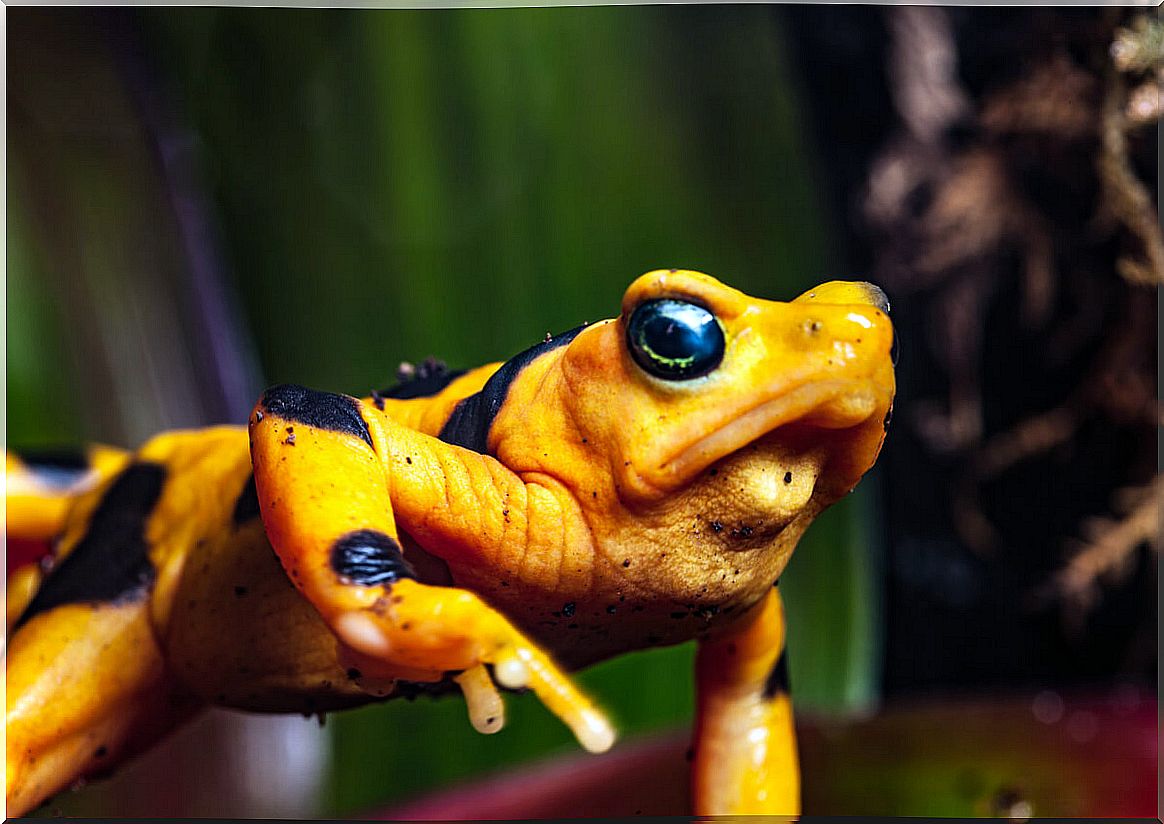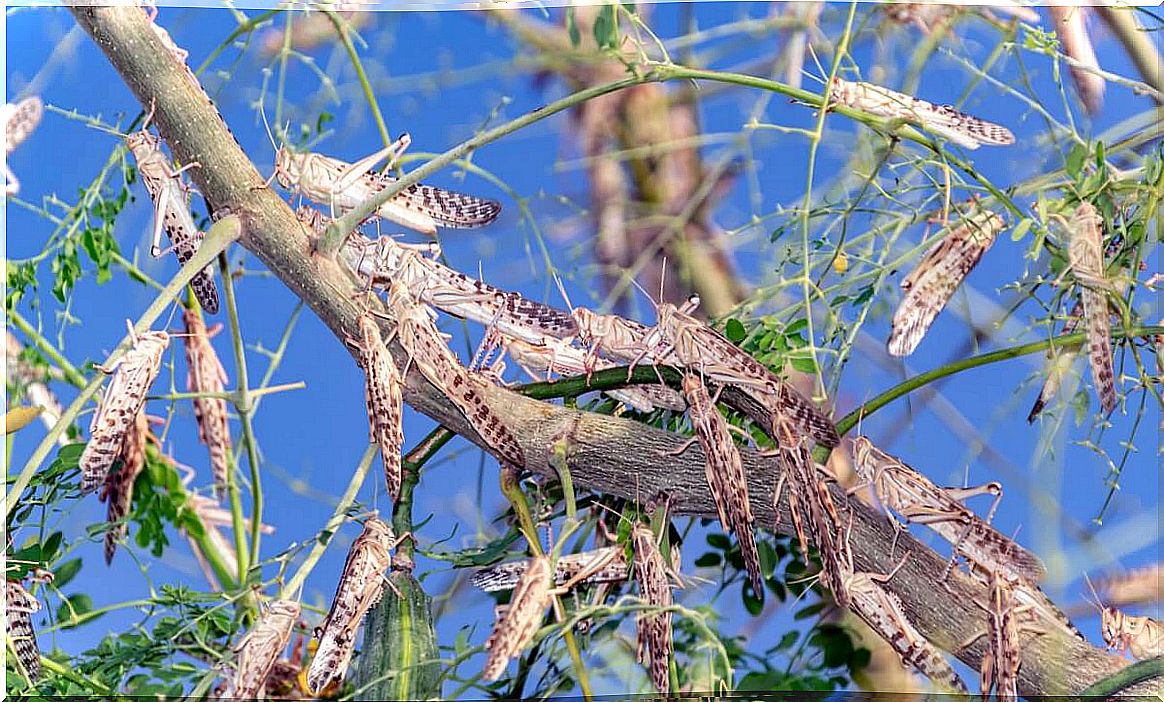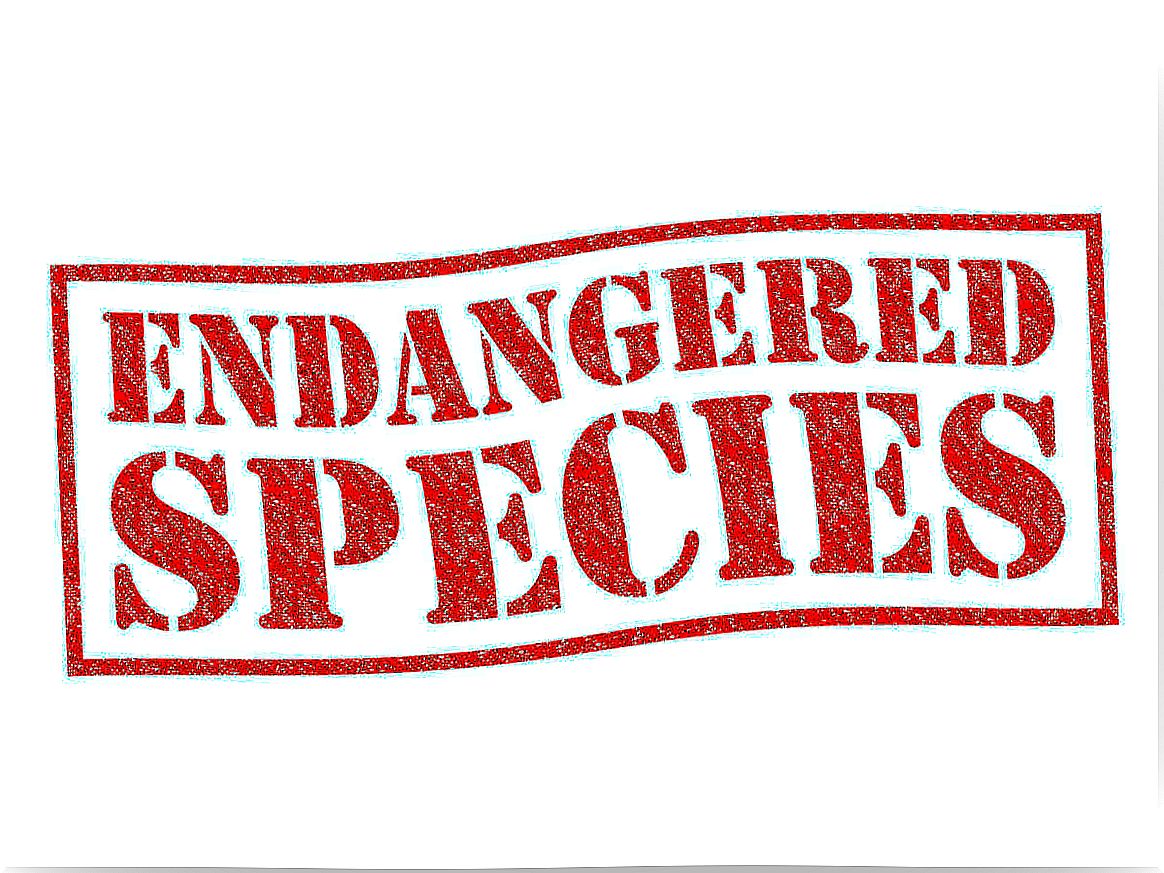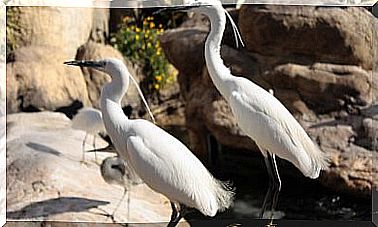6 Extinct Animals In The Last Decade

Extinction, the process by which species disappear from the planet, is a natural part of life. As changes occur in the environment, new species of plants and animals appear and other beings become extinct.
Normally this is not a problem, as it occurs at an acceptable rate for ecosystems. However, human actions are deteriorating the planet and causing the extinction of species at an increasingly accelerating rate, which threatens to collapse ecosystems.
The current biodiversity crisis is tremendously dangerous also for its authors, humans, who are part of nature and depend on it to survive. In this article we will talk about some of the animals declared extinct in the last 10 years, which represent a part of the current problem.
Some of the extinct animals in the last decade
From amphibians and mammals to rarely seen invertebrates, hundreds of life forms are threatened with extinction or have become extinct by human causes, many even before being discovered. The following species are just a few recent examples.
1. Chiriqui Harlequin Frog ( Atelopus chiriquiensis )
This little anuran used to be abundant and easy to find in mountainous areas of Costa Rica and Panama. It was terrestrial, diurnal in nature and lived on the banks of streams in tropical forests. Sadly, it has not been seen since 1996, even after numerous exhaustive searches. For this reason, it was declared extinct in 2020.
Its extinction is due to the chytrid fungus Batrachochytrium dendrobatidis , responsible for the fungal disease that has claimed the lives of countless species of amphibians. This fungus has been distributed throughout the world thanks to humans and is considered the most destructive pathogen ever described.

2. Giant Pinta Tortoise ( Chelonoidis abingdonii )
These huge turtles with very long necks lived on Pinta Island, one of the Galapagos Islands. Most of the specimens disappeared in the 19th and 20th centuries, but the last tortoise, nicknamed Lonesome George, survived in captivity until 2012.
It is estimated that 2,500 specimens of these turtles existed at their peak at the population level, but they were decimated due to overexploitation by whalers, fishermen and sailors, who hunted them for food. Another relevant cause of their decline was the destruction of their habitats and food sources by introduced invasive goats.

3. Baiji ( Lipotes vexillifer )
Although its extinction has not been officially declared, this cetacean is classified as possibly extinct by the International Union for Conservation of Nature (IUCN). The baiji used to be considered a sacred animal and inhabited the Yangtze River watershed in China, but it has not been seen since 2002.
The causes of its decline are multiple, among which are the unintentional death by the fishing industry, the destruction and contamination of its habitat through the construction of dams, and industrial and agricultural expansion. Direct exploitation by electric fishing was also a relevant threat.
Many other large animals that inhabit this river are on the verge of extinction, due to its very precarious state. Examples are the Yangtze finless porpoise, Yangtze sturgeon, or Chinese paddlefish.

4. Christmas Island bat ( Pipistrellus murrayi )
This bat had a sizeable population on Christmas Island, Australia. In recent decades it suffered a dizzying decline that culminated in 2009. In this year, the species went from 4 individuals to just 1, which disappeared on August 27.
After exhaustive searches, the species was declared extinct in 2017. The exact causes of its extinction have not yet been clarified, but the introduction of invasive alien species could have played a relevant role. Several population explosions of yellow crazy ants ( Anoplolepis gracilipes ) stand out.

5. Rocky Mountain Lobster ( Melanoplus spretus )
Insects are extremely abundant, so it may seem difficult to extinguish them, but humans are getting there. This North American grasshopper is proof of that.
Melanoplus spretus used to be one of the most abundant insects in North America. Incredibly, their swarms could extend for thousands of kilometers. Today there are no individuals left, possibly due to the destruction of their breeding grounds by human uses.

6. Po’ouli ( Melamprosops phaeosoma )
The po’ouli was a small, squat, black-headed passerine endemic to the Hawaiian island of Maui. The last members of the population have not been seen since 2004, so the species was declared extinct in 2019.
Mosquito-borne diseases such as avian malaria and predation by introduced rats, cats, and mongooses have played a role in its decline. The introduced species also seriously harmed native snails, which the po’ouli relied on to survive.








